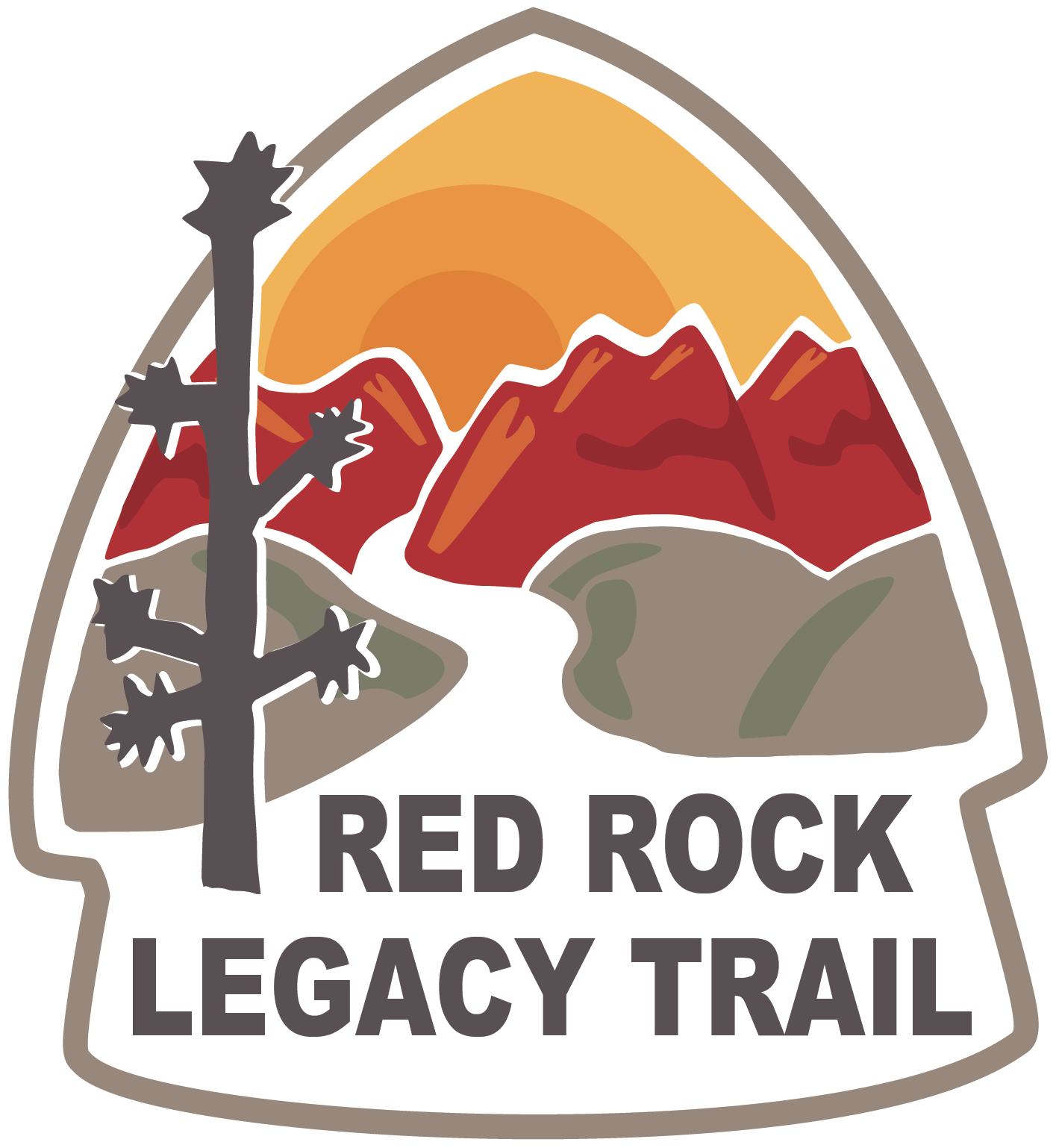Monday, Sept. 12, 2005 | 10:58 a.m.
Originally published by Las Vegas Sun
Read here: https://lasvegassun.com/news/2005/sep/12/bikeway-through-red-rock-canyon-studied/
Local and state officials are asking whether building a dedicated bikeway on State Route 159 would make the highway through Red Rock Canyon safer for bicyclists.
Jacob Snow, Regional Transportation Commission general manager, said the possibility of building a bikeway that would separate cyclists from the growing traffic on SR 159 is the subject of a feasibility study now under way. Another possibility would be to widen the existing bicycle lanes that already run alongside the road.
These are among a few of the options that will be on the table Sept. 14 when the state Transportation Department holds a community meeting to discuss ways to make the highway safer, especially for bicyclists.
Bicyclists and others who frequent Red Rock Canyon have long been concerned about safety issues on the winding road through the heart of the area.
Those concerns peaked after the July 28 death of Metro Police Officer Don Albietz, who was hit while off duty and cycling. A truck driver, who told investigators he was returning from work in Pahrump, was later charged with hit-and-run in the incident.
Snow said the Southern Nevada Public Lands Management Act, which puts proceeds from sales of federal land in Clark County to conservation purposes, could be used to help build a new bike path. A voter-approved measure to provide $10 million over the next 25 years for bicycle paths and trails could maintain the bikeway, he said.
“We thought this would be a terrific corridor to use those funds in,” Snow said.
Snow said he supports another proposal pushed by cyclists and residents of the village of Blue Diamond in the southern end of the canyon: a lower speed limit.
“One of the things that is really warranted is a re-evaluation of the speed limit in the corridor,” Snow said. “If you just look at the automobiles, that’s one thing, but one of the criteria that you have to look at is the traffic mix.”
Among those who use the road are bicyclists, truckers, motorcyclists, car drivers and wild horses and burros.
“It’s really appropriate, in my opinion, to lower the speed limit,” said Snow, who joins his family for cycling on the road several times a year.
Residents of Blue Diamond agree with Snow. Evan Blythin, a member of the Red Rock Citizens Advisory Council, which advises the Clark County government on land use issues in the area, said several burros were killed just within the last two weeks.
“We’re seeing burros pretty regularly on the road, dead on the road,” Blythin said.
A lower speed limit would help the situation, and a dedicated bikeway also would help if it accommodated both racing and touring cyclists, he said. Blythin also supports a potentially contentious proposal to bar commercial traffic on SR 159.
“You cannot have a scenic byway and a commuting, commercial freeway in the same path,” he said. “It just simply doesn’t work.”
Blythin said people feel passionately about the issue. He noted that an amateur road engineer went out last week with a can of spray paint and lowered the speed limits on signs through Red Rock Canyon.
Ron Levine, assistant managing director of the Nevada Motor Transport Association, said his group wants to keep the road open for commercial drivers, who as a group have more experience and training than most car drivers.
“We want to see the road nice and safe,” he said, “for everyone. I think it needs to stay open for all vehicles.”
Levine said truckers would abide by a 45 mph speed limit, although it could raise more safety issues as drivers of all sorts tried to pass slower-moving vehicles.
Building a dedicated bikeway off of the road may be the best solution, he said.
“I agree that it’s dangerous, especially for bicyclists,” he said. “The bike path can’t be adjacent to the road (as it is now). It’s just too dangerous.”
Mary Martini, district engineer for the state Transportation Department, may have one of the last words on the issue because the road is under NDOT’s jurisdiction. Martini said she wants as much input from the various interests in the community as possible, which is why the department is having the Sept. 14 meeting.
One step that is already in place is signs on the highway warning drivers to watch their speeds. Other permanent solutions need to involve as many people as possible to consider all of the potential impacts and costs, she said.
“We need to work with everyone,” Martini said.
